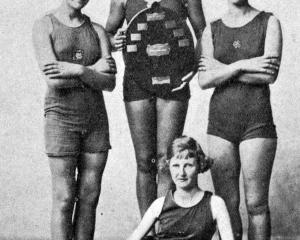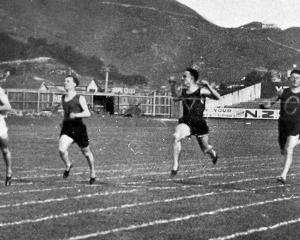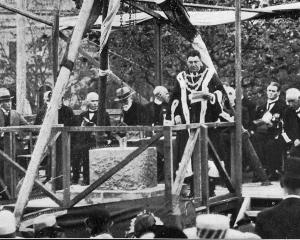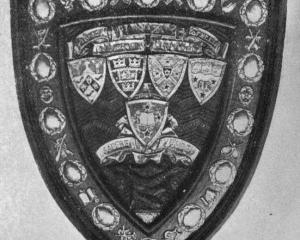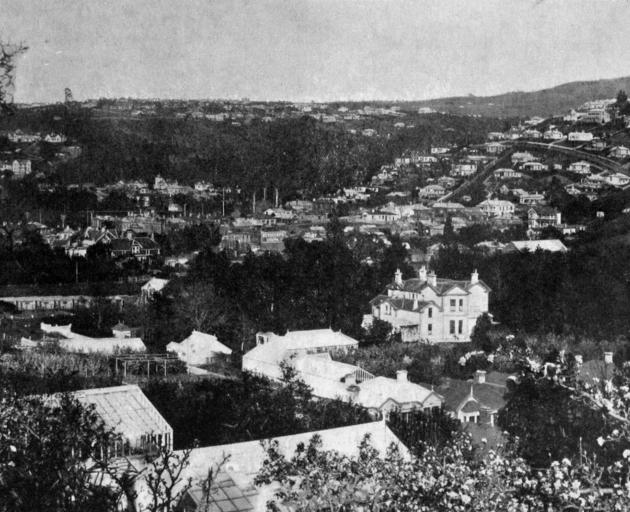
From the motor boat they transferred to the sailing scow Moa, which was seized in the Bay of Plenty, and in her they left the New Zealand coast.
They were recaptured on the evening of December 21, in the vicinity of the Kermadec Islands by an armed vessel despatched by the New Zealand Government to those waters for the purpose, and they arrived this afternoon in Auckland, where they were at once landed.
The crew of the Moa, consisting of five men and a boy, were still on board their vessel when she was recaptured, and they state that they had been well treated in every way by the Germans.
The Moa herself was towed back to Auckland by the capturing vessel, and has suffered no serious damage as the result of her experiences.
The motor boat Pearl, which was being towed by the Moa, was lost in heavy weather experienced after leaving the New Zealand coast.
Information obtained officially in Wellington shows that a fairly fast and well-armed steamer was despatched to the Kermadecs, as it was anticipated that the escapees would endeavour to appropriate the supplies of food, clothing, medicines and tools in the two depots there.
When the steamer arrived there was no sign of the Moa. The steamer anchored in a spot invisible from the sea, and the watchers were rewarded on Thursday afternoon, when the Moa sailed up, flying the German flag. The steamer ran out, and the Germans were called upon to surrender.
There was a brief parley, but the odds were hopelessly against the escapees, who are said too have been unarmed. They surrendered, and the Moa's crew were left to bring back the scow, with the cargo intact, to Auckland, whither the steamer also is bound with the prisoners.
No Maori decline
The Rev. R. Haddon does not at all agree with the notion that the Maori race is either declining in numbers or deteriorating in physique. Speaking at a Methodist Home Mission meeting at Manaia, he said philanthropic ladies had come to him, bewailing the approaching disappearance of the Maoris. But they were entirely wrong, he said.
The Maoris had increased from 40,000 to 52,000, their present number, and they stood well in the health statistics. Their dangerous time was the transition from Maori to pakeha habits and customs. But they had passed that stage, and were bringing up numerous and healthy families.
- ODT, 27.12.1917.


